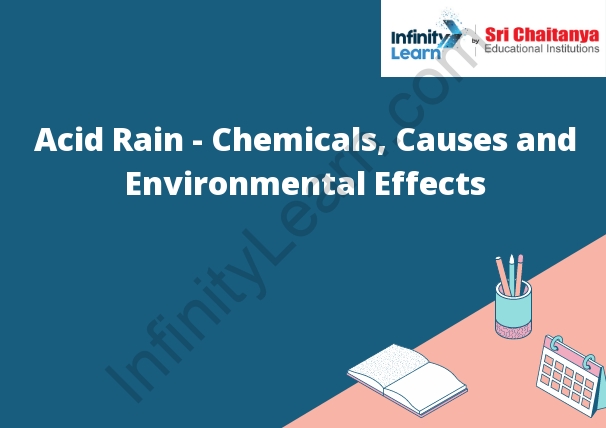Table of Contents
What is Acid Rain?
Acid rain is a type of precipitation that is high in acidity. The term “acid rain” was first coined in 1872 by Robert Angus Smith, a British chemist. Acid rain is caused by emissions of sulfur dioxide and nitrogen oxide from power plants, factories, and cars that react with water and oxygen in the atmosphere to form sulfuric and nitric acid. The acidity of acid rain can range from 4.0 to 5.6 on the pH scale.

Chemicals in Acid Rain
Acid rain is a broad term that refers to a mixture of wet and dry deposition (deposited material) from the atmosphere containing higher than normal amounts of nitric and sulfuric acids. The term “acid rain” was first used in the 1970s to describe the environmental impact of the burning of coal and oil.
The main gases that contribute to acid rain are sulfur dioxide (SO2) and nitrogen oxides (NOx). When these gases react with the water vapor in the atmosphere, they form sulfuric and nitric acids.
Acid rain can have harmful effects on plants, animals, and buildings. It can also make lakes and rivers acidic, which can kill fish and other aquatic life.
Acid Rain Causes
Acid rain is a type of precipitation that is more acidic than normal rain. It is caused by pollutants in the air, most notably sulfur dioxide and nitrogen oxide, that react with water molecules to create acids. These acids can then fall to the ground as rain, snow, or fog.
The acids in acid rain can cause a variety of environmental problems. They can corrode buildings, statues, and other man-made structures. They can also harm plants and trees, making them less healthy and more susceptible to disease. In addition, acid rain can harm aquatic life, making it difficult for fish and other organisms to survive in affected waterways.
The Atmospheric Reaction of Acid Rain
The atmospheric reaction of acid rain is a two step process. The first step is the oxidation of sulfur dioxide to sulfur trioxide. The second step is the reaction of the sulfur trioxide with water to produce sulfuric acid.
Gases Responsible for Acid Rain
Nitrogen oxides and sulfur dioxide are the gases most responsible for acid rain.
Human Activity Responsible for Acid Rain
The burning of fossil fuels is the primary cause of acid rain. When these fuels are burned, sulfur dioxide and nitrogen oxide are released into the atmosphere. These gases react with water vapor to form sulfuric and nitric acid, which can fall back to Earth as rain, snow, or fog.
Environmental Effects of Acid Rain
Acid rain is a type of precipitation that is more acidic than normal rain. It is caused when emissions from factories, cars, and power plants react with water vapor in the atmosphere to form sulfuric and nitric acids. These acids can fall to the ground as rain, snow, or fog.
Acid rain can have a number of harmful environmental effects. It can damage plants and trees, making them less healthy and more susceptible to disease. It can also corrode buildings, statues, and other man-made structures. In addition, acid rain can make water supplies and soil more acidic, which can harm aquatic life and make it difficult for plants to grow.
Acid Rain causes Damage to the Forest
Acid rain can cause extensive damage to forests. The acid in the rain can leach nutrients from the soil, making it difficult for trees to grow properly. The acid can also dissolve the minerals in the soil, which can damage the tree’s root system. The acid can also corrode the tree’s bark, making it more susceptible to disease and pests.
How Do We Stop/Prevent Acid Rain?
. Some possible solutions include reducing emissions from factories and power plants, reducing the use of fossil fuels, planting trees and other vegetation, and using public transportation.









